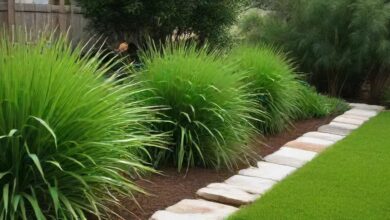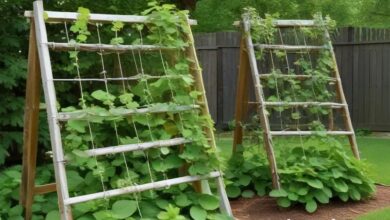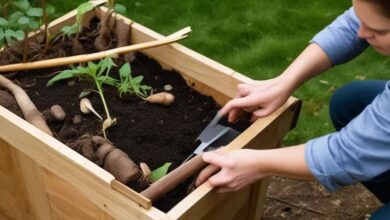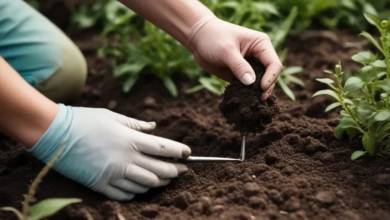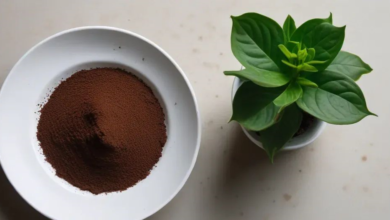Homemade Rooting Hormone and its Application
Unlock the secrets of successful plant propagation with our comprehensive guide to homemade rooting hormone and its application.
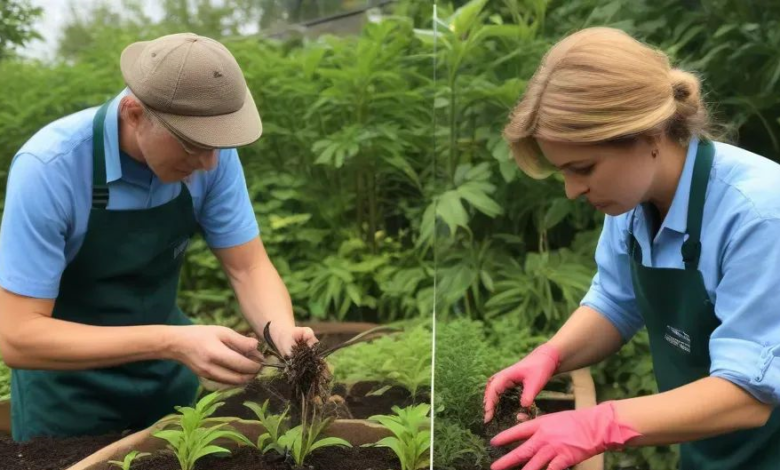
When it comes to propagating plants, rooting hormone is frequently an essential tool for gardeners who want to make sure their plants root well and grow well. For reasons including saving money and being environmentally conscious, many gardeners choose to make their own rooting hormone instead of using commercially available ones. Learn all you need to know to confidently grow more plants in your garden with the help of this in-depth book that covers everything from making your own rooting hormone to understanding the science behind its effectiveness.
Creating Homemade Rooting Hormone:
You may encourage root growth in plant cuttings with a homemade rooting hormone that you make from all-natural components. Using commonplace items and the data that supports their efficacy, here is a comprehensive recipe:

Ingredients
- Willow branches or bark (rich in natural rooting hormones such as indole-3-butyric acid, or IBA)
- Water
Instructions
1. Willow Collection
Get some new willow branches or bark from a tree that is in good health. Root development in plant cuttings is accelerated by the auxins found in willow, one of which is IBA.
2. Preparation
Before adding the willow branches or bark to a pot, finely chop it. The rooting hormone concentration is maximized when using young, verdant willow branches.
3. Extraction
Bring the willow pieces and water to a boil, making sure to cover them. The rooting hormones released into the water by the willow are facilitated by the heat.
4. Simmering
To get the most rooting hormones out of the mixture, stew it for 30 minutes on low heat. Stir from time to time to make sure the extraction is complete.
5. Cooling and Straining
Afterwards, remove the willow pieces by pressing them through a cheesecloth or fine-mesh strainer once the liquid has cooled entirely. A rooting hormone solution that is high in IBA will be the end product of this process.
6. Storage
Once the liquid rooting hormone has been transferred to a clean container, keep it in a cold, dark place until it is ready to be used. Making sure the homemade rooting hormone is stored correctly helps keep its efficacy.

Using Homemade Rooting Hormone:
You can use homemade rooting hormone to grow many different kinds of plants from seed or cuttings. In order to make good use of it, below is a comprehensive guide:
1. Prepare the Cuttings:
- Taking cuttings of young, non-flowering shoots with multiple nodes from a healthy parent plant is the best way to propagate the plant. The nodes of a stem are the spots from which new leaves and roots will grow.
- To harvest plants, cut them cleanly right below a leaf node using sharp, clean scissors or pruning shears.
- Get rid of the lower leaves of the cutting so you can see the nodes where the roots will grow. In doing so, it aids the plant in channeling its resources toward root growth.
2. Rooting Hormone Application:
- Carefully coat the cut surface of each cutting with the prepared rooting hormone solution by dipping the cut ends. In this way, the cutting’s tissues can come into touch with the IBA in the solution, which encourages root initiation.
3. Plant the Cuttings:
- Get a potting mix that drains well or a combination of perlite and peat moss ready to use as a rooting media. It is important for the rooting media to offer both hydration and support to the cuttings, while also facilitating air circulation.
- After treating the cuttings, place them in the rooting media with at least one node buried. If you want to plant more than one cutting in the same pot, make sure to space them out equally.
4. Provide Proper Care:
- The cuttings will perish if the rooting medium gets too wet, so be careful not to overwater it. To keep the rooting hormone in place, irrigate the cuttings gently with a misting spray bottle or by watering from the bottom.
- Warm, humid conditions with indirect light are ideal for the cuttings. For the best root development, keep the temperature between 65 and 75 degrees Fahrenheit (18 and 24 degrees Celsius).
- Keep an eye out for new leaves or resistance to gentle tugging as indicators of root growth in the cuttings. Rooting time varies from plant to plant and from one habitat to another, although it usually takes a few weeks.

5. Transplanting Rooted Cuttings:
- After the cuttings have established a strong root system, they can be moved to separate containers or planted in the garden. Carefully transfer the rooted cuttings to their new home, taking extra precautions not to disturb their fragile roots.
- Over time, gradually expose the rooted cuttings to more sunlight and less humidity to help them adapt to their new growing environment.
Applying Homemade Rooting Solutions:
Prepare your cuttings:
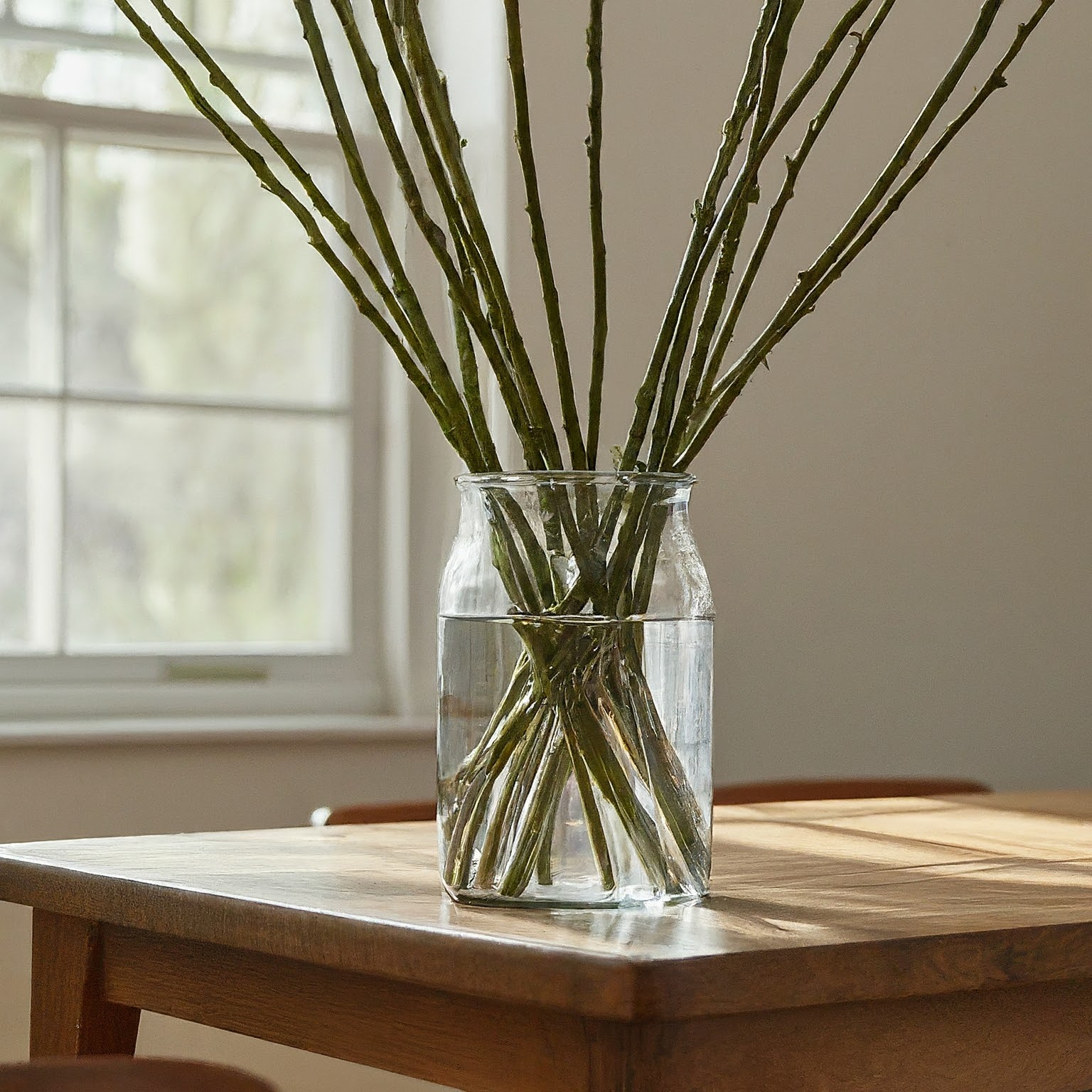
Take good stem cuttings with at least a few nodes as you prepare your cuttings. Using sterile shears, cut cleanly at an angle immediately below a node. Trim the lowest leaves so they don’t touch the dirt.
Choose your rooting solution:
Follow the steps outlined above to make the handmade alternative that meets your requirements the best.
Dip and Plant:
Soak the end of the plant cutting for a few minutes in the rooting solution of your choice. Submerge the cutting in water and plant it in potting soil that drains properly.
Maintain Proper Care:
Provide Your Cuttings with Consistent Moisture and Bright, Indirect Sunshine to Maintain Proper Care. To keep them moist, place a plastic bag over them or use a humidity dome.
Patience is Key:
Patience Is Key It may take a few weeks for cuttings to root, so keep an eye out for fresh growth.
Popular Homemade Rooting Options:
Honey:
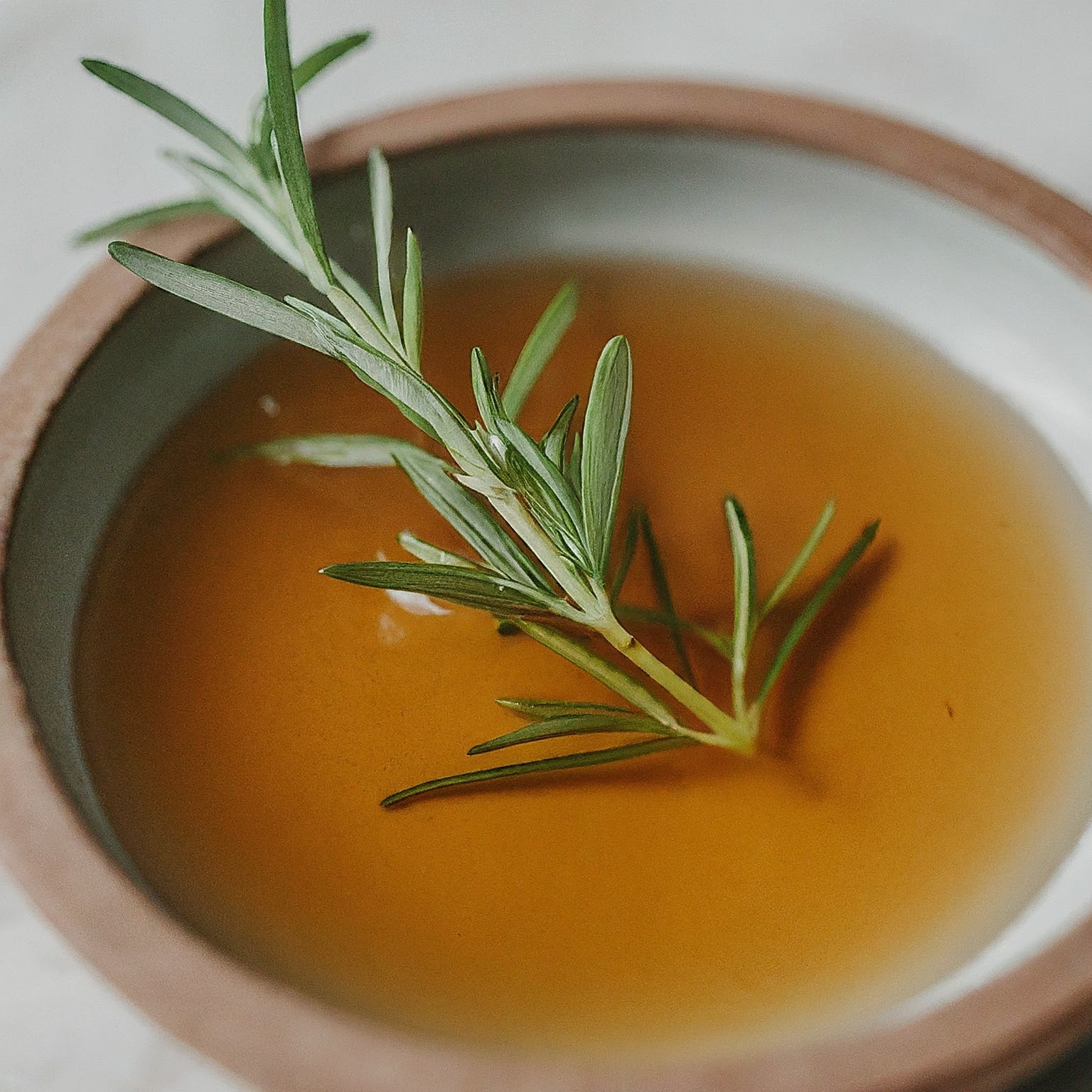
Honey is a great way to prevent rot and stimulate root growth since it is antifungal and mildly antibacterial. Mix two or three tablespoons of honey with one cup of warm water. Just a few minutes in the solution after cutting the plant cuttings will have them ready to plant.
Cinnamon possesses
antifungal and antibacterial properties as well. Cinnamon powder, once crushed, can be used to prepare plant cuttings for planting.
Willow Water:
Salicylic acid, a chemical linked to auxin, is naturally present in high proportions in willow branches. For a minimum of one day, keep the willow branches immersed in water. Immerse the cuttings in the filtered willow water before planting.
Aloe Vera Gel:
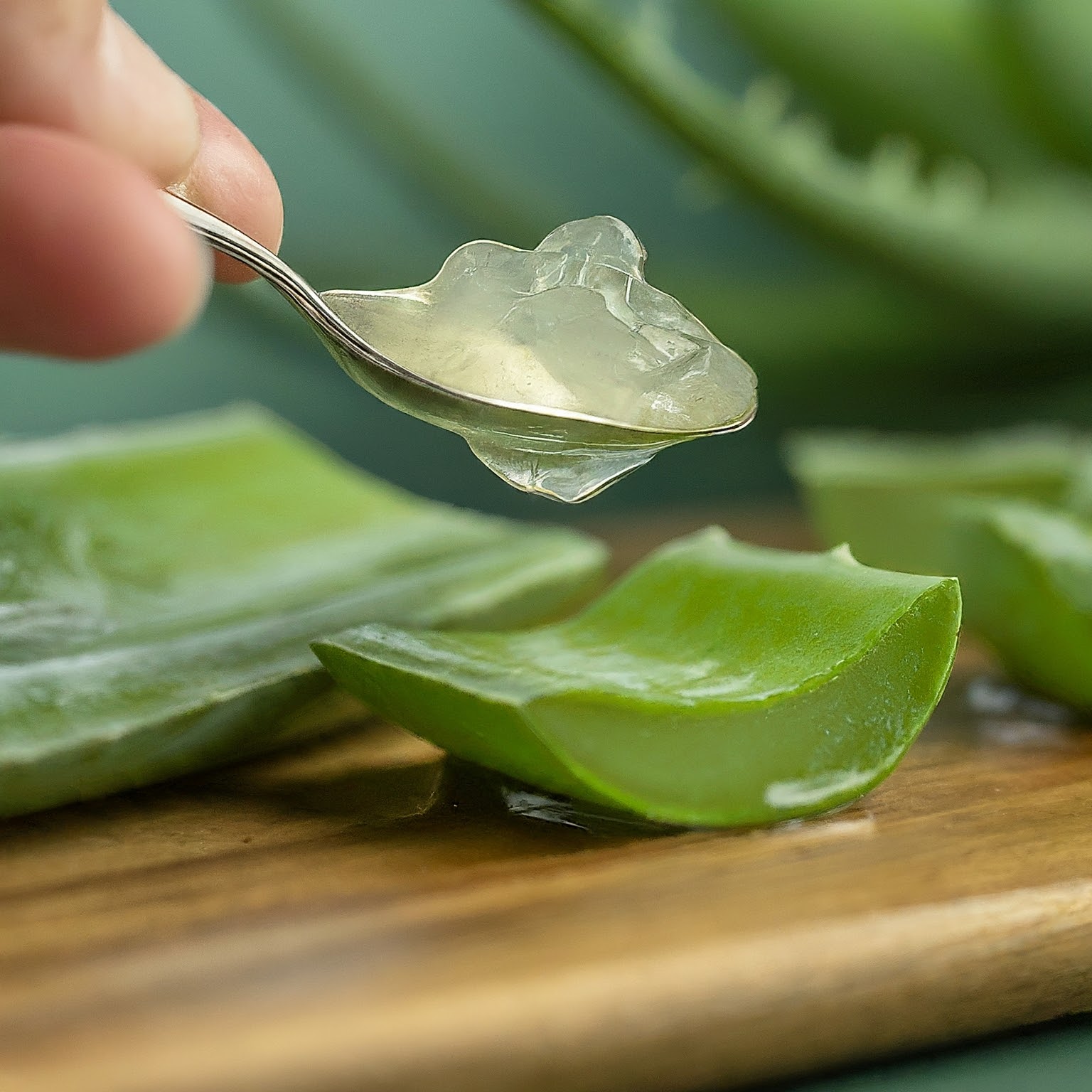
For its anti-inflammatory and wound-healing properties, aloe vera gel has been used for generations. After you scrape off portion of the leaf, combine it with water to extract some aloe vera gel. Dip the plant cutting end into the gel solution before planting.
Propagating Plants with Homemade Rooting Hormone
Growing more plants in less time and at a lower cost is possible with homemade rooting hormone, which allows gardeners to easily propagate plants from cuttings. You may guarantee the effective proliferation of many different plant species and encourage healthy root development by using natural components like willow branches. Homemade rooting hormone is an excellent tool for any gardener, whether you’re an expert trying to propagate your favorite types or just starting out and interested in learning more about plants. If you want to succeed at propagation using homemade rooting hormone, now is the time to gather your resources and get your cuttings ready!


